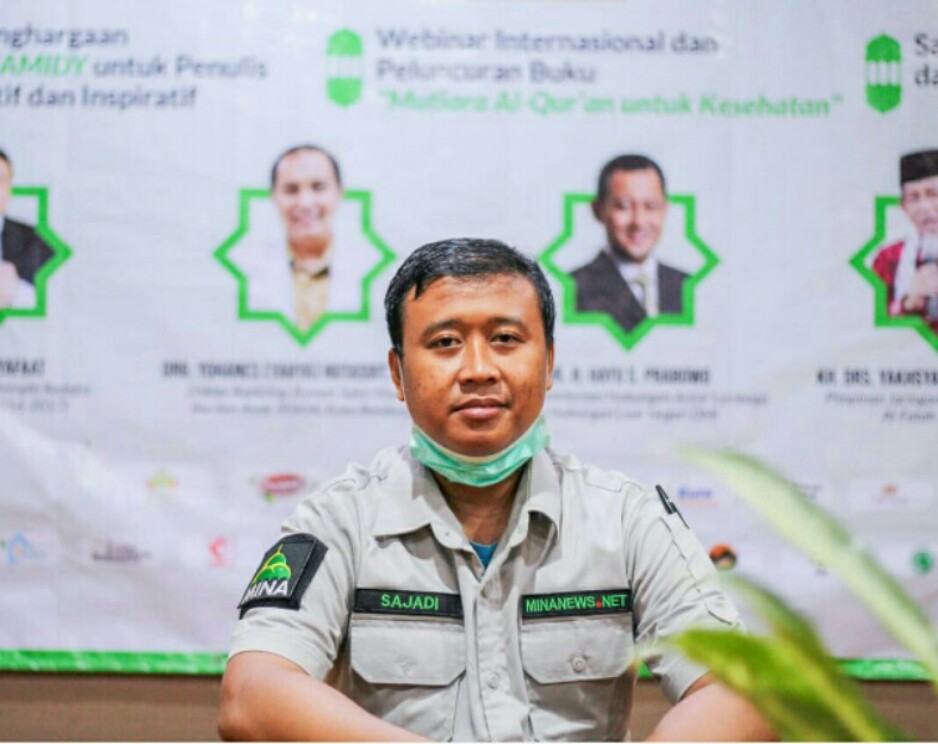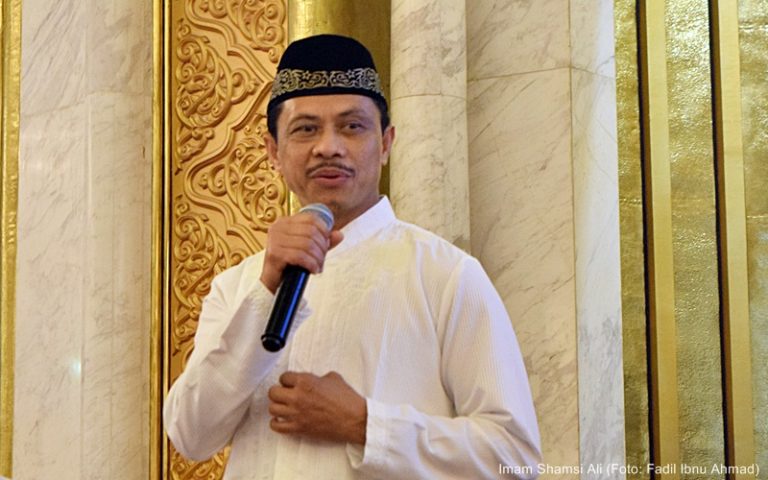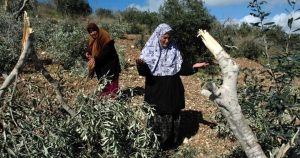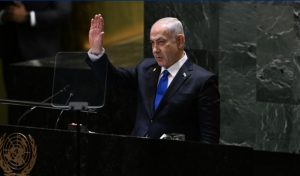By Imam Shamsi Ali, President of Nusantara Foundation
One of the fundamental aspects for every Muslim, especially for teachers (asatidz) and preachers (du’aat), is environmental awareness. This refers to being aware of one’s surroundings and everything related to them. In traditional terms, this awareness is known as being aware of the situation and condition around them.
The Prophet Muhammad (SAW) was a figure who was always aware of his surroundings. In other words, he always considered the situation and condition around him in every decision he made. This applied to both individual and collective levels.
There was an instance where a young man approached the Prophet Muhammad (SAW) and, without hesitation, expressed his desire to ask for permission to commit a heinous act (adultery). The young man’s attitude was excessive, as if he thought the Prophet had the authority to decide what was permissible or not.
Also Read: Be Careful of the Trap of Deploying Peacekeeping Forces to Gaza
The Prophet’s response was not anger or overreaction. Instead, he saw the positive value in the young man’s actions. The young man had faith and was honest about his struggles. This honesty led him to approach the Prophet and open up about his inner turmoil.
The Prophet asked the young man if he had a mother, sister, or aunt. After the young man replied that he did, the Prophet asked him if he would be willing to allow another man to commit such an act with his mother, sister, or aunt. The young man replied that he would not.
The Prophet understood that the young man knew deep down that such an act was wrong. He wanted to emphasize the positive aspects of the young man’s life and help him overcome his struggles. The Prophet placed his hand on the young man’s chest and prayed for him, saying, “O Allah, cleanse his heart, for You are the best to purify hearts.”
After this incident, the young man became one of the most obedient companions. This story illustrates the Prophet’s awareness of his surroundings and his ability to respond accordingly.
Also Read: The Forty-Four-Days of Glory: Azerbaijan’s Struggle for Justice and Peace
The Prophet’s approach varied depending on the individual and their circumstances. He treated Abu Bakr (RA) differently from Umar (RA). When asked about the best deed in Islam, the Prophet’s response varied depending on the person asking the question.
Sometimes he said it was jihad in the way of Allah, while other times he said it was treating one’s parents with kindness. On another occasion, he said it was performing Hajj. The Prophet’s varied responses demonstrate his awareness of the individual’s circumstances and his ability to provide guidance tailored to their needs.
Environmental awareness is crucial in communicating the truth. If one is unaware of their surroundings, their communication may come across as insensitive and even hurtful. In the context of da’wah (inviting others to Islam), being unaware of one’s surroundings can lead to communication that is more likely to push people away from the truth rather than attract them to it.
The Prophet was sent from among his people
Also Read: Palestine Solidarity Month: A Collective Movement for Al-Aqsa and Palestine’s Freedom
The importance of environmental awareness is also reflected in the fact that every prophet was sent from among their own people. The Prophet Muhammad (SAW), as the final prophet sent to all humanity, was also raised from among his own people.
As stated in the Quran, “He (Allah) sent among the unlettered people a messenger from among themselves.” The phrase “minhum” (from among themselves) highlights the importance of the prophet being from the same community as those he was sent to guide.
This is relevant today, as it emphasizes the need for Muslims to integrate positively (not assimilating) into their communities. This integration does not mean losing one’s identity or values but rather being an active and contributing member of society while maintaining one’s faith and principles.
The relationship between religion and culture
Also Read: Hassan al-Turabi: A Controversial Thinker from Sudan
Islam does not aim to change the cultural practices of a community as long as they do not contradict Islamic principles, values and universal human ethics. In fact, Islam respects all human cultural practices, as long as they align with Islamic principles.
However, it is essential to distinguish between religious practices and cultural traditions. In many Muslim communities, cultural practices are often mistaken for religious obligations and practices.
For example, in some communities, wearing a specific type of clothing, such as a jubah (Middle Eastern cloth) or shalwar kameez (South Asian cloth) is seen as a religious requirement. However, this is not the case. The Islamic requirement is to dress modestly and cover one’s aurah (private parts).
A Simple yet True Story
Also Read: Who Exactly is the RSF Group Shaking Sudan?
In our community in New York, I recall a simple yet true story. One dawn (fajar) after a brief lecture following prayers, a congregant approached me, tearful. That particular fajar, I had discussed the latent dangers threatening the future of Muslims in America. I asked him what was wrong, and he replied, “My son. Please help me.”
I inquired about his son, and he explained that his son no longer wanted to attend the mosque. This congregant was known for his piety, rarely missing fajar prayers at the mosque. With tears streaming down his face, he said, “He doesn’t want to come to the mosque anymore.”
I sought to understand why his son had lost interest in attending the mosque. However, the father himself admitted to being unsure. A few days later, I visited their home and invited the son to join me at a restaurant. Over tea, I asked him, “Why don’t you want to come to the mosque anymore?”
He appeared calm, even chuckling slightly, and replied, “It’s not that I don’t want to go to the mosque. I enjoy attending prayers there. However, every time I go, my father always judges my clothing as un-Islamic.”
Also Read: The Two-State Solution (Palestine–Israel) in Historical Perspective
I soon understood what was happening. The father, despite being deeply religious, struggled to distinguish between religious teachings and cultural practices. As a result, he inadvertently made his son feel unwelcome at the mosque, simply because of his attire.
This phenomenon is not unique to our community; it occurs throughout the Muslim world. I do not diminish the good intentions of those who wear traditional attire, such as jubah or shalwar kameez, as a means of following the Sunnah. However, measuring one’s commitment to faith and the Sunnah based on clothing is misguided.
The Prophet Muhammad (peace be upon him) wore a jubah, but so did Abu Lahab. How, then, can we determine whether wearing a jubah is truly following the Sunnah? The answer lies with Allah, who judges our intentions. While clothing that covers our aurah (private parts) is indeed in line with the Sunnah, other aspects of attire should be understood as part of human cultural practices. (AK)
Mi’raj News Agency (MINA)
Also Read: Enchanted by K-Dramas, Dragged into Slander: Time for Muslims to Rise!

































 Mina Indonesia
Mina Indonesia Mina Arabic
Mina Arabic